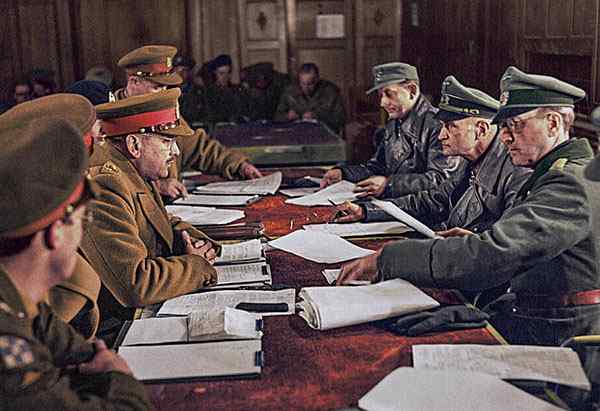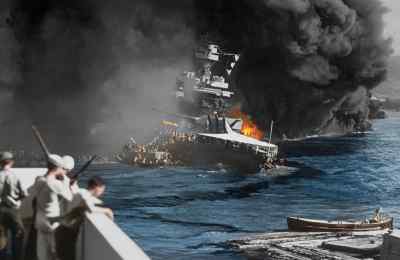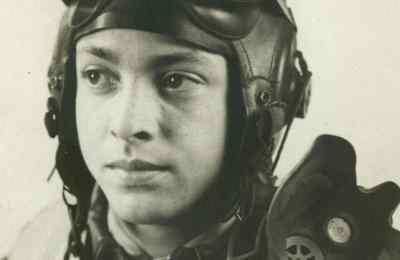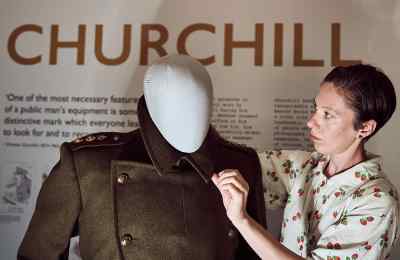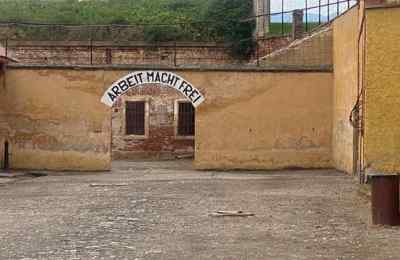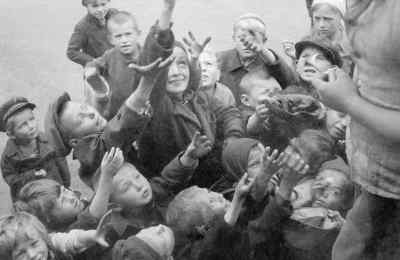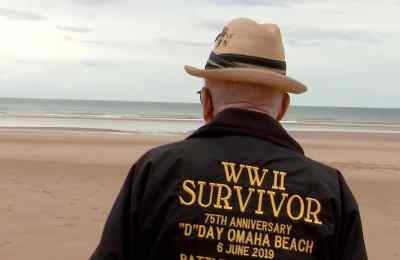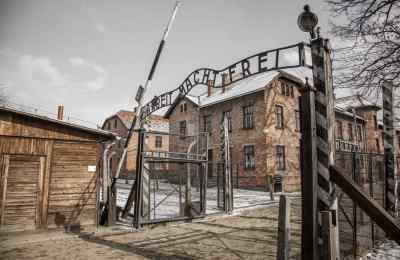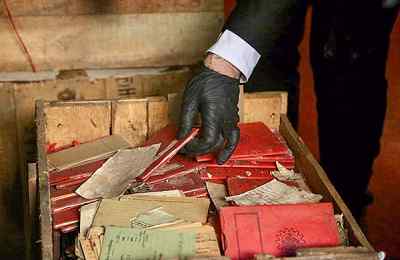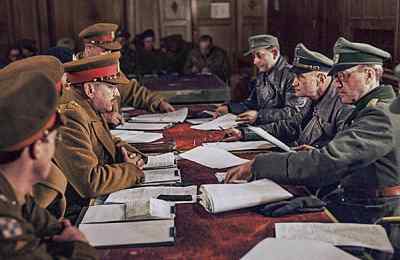The truth about the German surrender in Wageningen on May 5, 1945
On May 5, 1945, the small Dutch town of Wageningen became the site of a turning point in World War II history. After years of occupation and hardship, the official German surrender in the Netherlands was signed at Hotel De Wereld, marking the end of the war in the region.
The Key Figures
The meeting was led by General Charles Foulkes, commander of the 1st Canadian Army, who was responsible for liberating much of the Netherlands. He summoned General Johannes Blaskowitz, the German commander in the Netherlands, to discuss the terms of surrender.
Also present was Prince Bernhard of the Netherlands, acting as commander-in-chief of the Dutch Interior Forces. His role symbolized the return of Dutch sovereignty and unity after five long years of Nazi occupation.
The Setting: Hotel De Wereld
The surrender negotiations took place at Hotel De Wereld in Wageningen. This location was chosen due to its strategic position and relative safety, as fighting had ceased in the area. Though the act of surrender was agreed upon on May 5, it was formally signed the following day, May 6, 1945.
Today, Hotel De Wereld remains a symbol of peace and liberation and is a popular destination for visitors interested in Dutch and World War II history.
Why This Moment Matters
The surrender in Wageningen was not just a military event, it was a powerful moment of hope and freedom for the Dutch people. It marked the beginning of rebuilding a nation devastated by war.
Each year, the Netherlands celebrates Liberation Day on May 5, remembering the sacrifices made and the peace that followed. Wageningen continues to play a central role in these celebrations.
The Truth About the Wageningen Capitulation: Myths vs. Facts
According to the official website of the Municipality of Wageningen, important negotiations, often called preparatory discussions, took place on 5 May 1945 at Hotel De Wereld. These talks, held in the presence of Prince Bernhard, focused on the surrender of German troops in the Netherlands at the end of World War II. The next day, on 6 May, the so-called capitulation document was signed at the agricultural college in Wageningen. This event has led to Wageningen being known as the City of Liberation, and every year on 5 May, the Netherlands celebrates Liberation Day in its honor.
However, the actual surrender of German forces took place earlier. The real capitulation was signed on 4 May 1945 on the Lüneburger Heide in Germany. The document signed in Wageningen on 5 May was not a surrender but a military agreement between General Foulkes (Allied forces) and General Blaskowitz (German forces) outlining the terms for German troop behavior in the Netherlands after the surrender.
In 1953, General Foulkes donated the original document to the Municipality of Wageningen, and it is now preserved in the city archives. In 2014, the document was even nominated for "Document of the Year."
Despite this, many myths still circulate, often encouraged by local narratives and tourism campaigns. These myths suggest that the official German surrender happened in Wageningen, which is historically incorrect. Critics argue that this ongoing myth making distorts historical facts and misleads the public about the true events of 5 and 6 May 1945.



